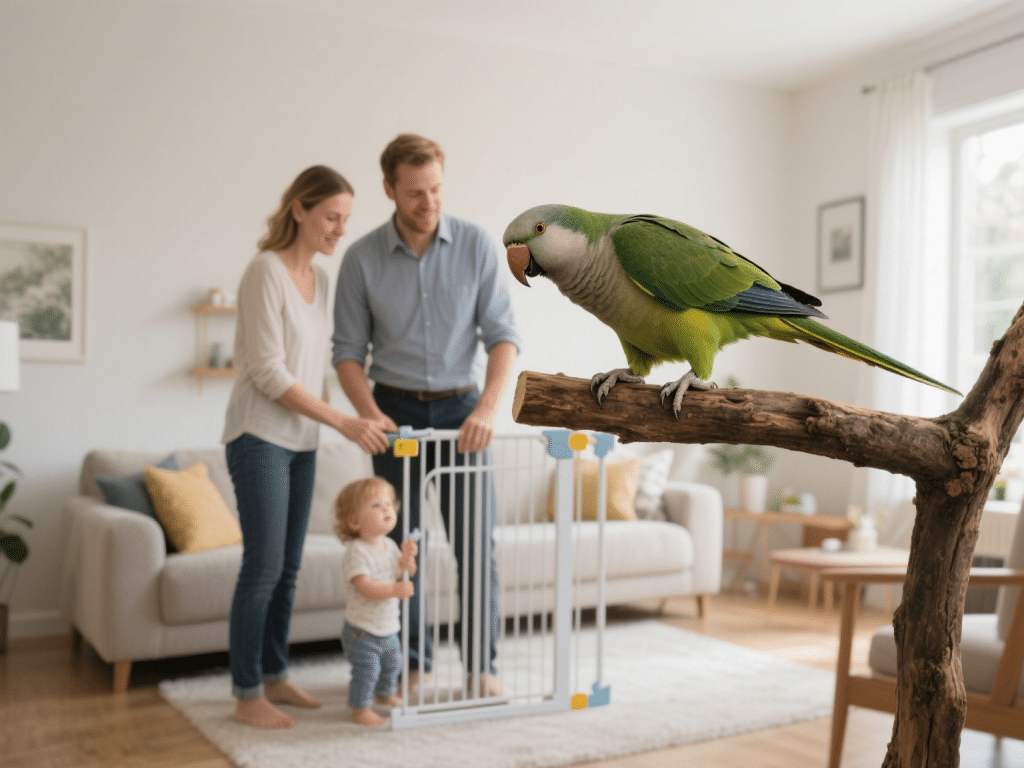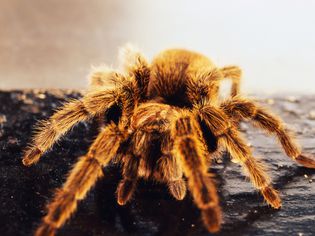Training Your Parakeet to Talk: Techniques That Work

Introduction
Parakeets (budgies) are intelligent, social birds capable of mimicking human speech. With patience, consistent practice, and positive reinforcement, you can teach your budgie to talk. This guide outlines proven techniques and tips for successful speech training.
1. Understanding Parakeet Speech Potential
Species Variability: Some lines are naturally more vocal; males often pick up words faster than females.
Early Training: Younger birds (8–12 weeks) typically learn more quickly, but older budgies can also be trained.
2. Creating an Ideal Training Environment
Quiet Space: Choose a calm room free of loud noises and distractions.
Cage Placement: Keep the cage near human interaction zones so your budgie overhears speech regularly.
Eye-Level Position: Place the cage at eye level to maintain direct eye contact, enhancing focus during sessions.
3. Training Tools & Preparations
Recording Device: Use a smartphone or voice recorder to play back clear, repetitive word prompts.
Treats & Rewards: Offer small millet sprays or favorite seeds to reinforce attempts and successes.
Short Sessions: Limit training to 5–10 minutes, 2–3 times daily, to prevent fatigue and maintain engagement.
4. Step-by-Step Training Methods
A. One-Word Focus
Select Simple Words: Start with easy, distinct words like “hello,” “goodbye,” or your budgie’s name.
Consistent Repetition: Clearly pronounce the chosen word 20–30 times per session, pausing between each repetition.
Action Association: Pair words with gestures—e.g., wave when saying “hello.” Physical cues help parrots link sound to meaning.
Immediate Reward: When your parakeet attempts a sound resembling the word, enthusiastically praise and offer a treat.
B. Introducing Phrases
After mastering single words, introduce short phrases such as “good morning” or “want food.”
Emphasize key words (slightly louder or longer) to aid memory.
Continue rewarding approximate attempts; refine through repetition and positive feedback.
C. Mirror & Social Learning
Mirror Placement: Position a mirror near the cage so your parakeet sees and “hears” its own reflection, stimulating mimicry.
Interactive Speaking: Speak directly to the mirror reflection, prompting your budgie to respond as if another bird is talking.
5. Overcoming Common Challenges
Lack of Vocal Attempts: Increase exposure by talking more around the bird, playing recordings of other budgies, and ensuring optimal health (regular vet checkups).
Disinterest: Experiment with different rewards (freeze-dried treats) or adjust training times to early morning when budgies are more alert.
Inconsistent Progress: Keep a training log to track words introduced, response rates, and adjust pacing as needed.
6. Maintaining & Expanding Vocabulary
Gradual Introduction: Introduce 2–3 new words per week to avoid confusion.
Daily Reinforcement: Incorporate learned words into everyday conversations to strengthen memory retention.
Social Interaction: If possible, pair with another talking budgie; social learning accelerates speech acquisition.
Conclusion
Teaching your parakeet to talk requires dedication, patience, and positive reinforcement. By focusing on simple words, rewarding attempts, and creating an engaging environment, you’ll foster your budgie’s talent for mimicry. Over weeks of consistent practice, you will enjoy the joy of hearing your feathered friend converse in its own budgie voice.









Comments on "Training Your Parakeet to Talk: Techniques That Work" :